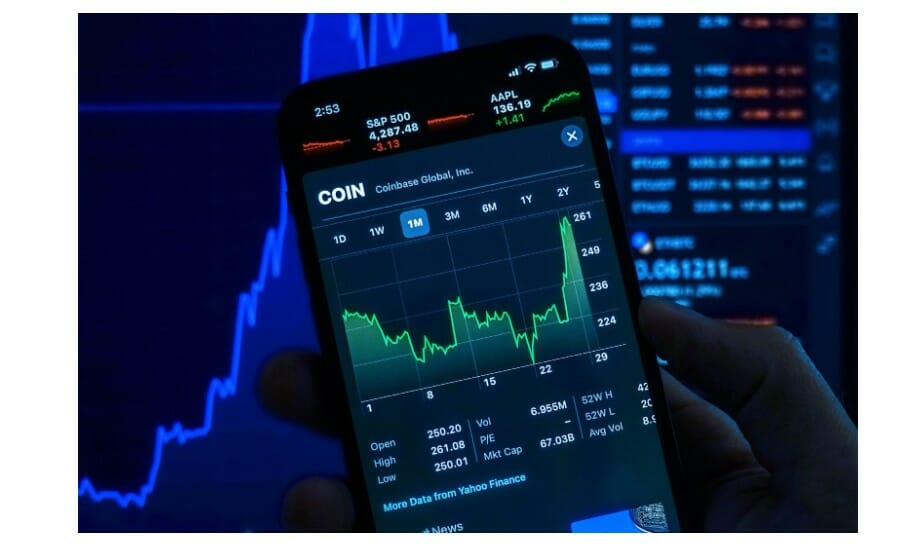
Warning Signals that You Need to Exit a Crypto Trade

Joining the crypto market as a trader can be a life-changing experience. You might become rich and be able to open big opportunities with other investors. Did it ever cross your mind? If so, then have you taken steps to work on that goal? When you’re just staring at the opportunity without doing anything, it doesn’t mean a thing at all.
The right move should always be planning how to enter the trade and generate profit. There are plenty of strategies to hit your targets – you can learn from industry experts for this purpose. As you delve deeper, you’ll learn that exiting the trade is equally crucial.
Particularly, there are warning signals that you should watch out for to know when to exit. Failing to see these indicators may result in substantial losses as you can’t profit from a losing position. If you get the logic, then it’s quite clear how you ought to approach crypto trading in its broader sense.
This business is not just about going into the trade and letting chances take control of the outcomes. You have to take a grip, even if that means riding a roller-coaster due to the unpredictable market. Taking this unpredictability in account, it is always better to lower your losing chances by starting your journey with a reliable platform. Of course, there are tons of them and it could be hard to distinguish the scam-free ones but we always recommend going with a widely used one, Bitcoin-loophole.io, for example.
What is more, to get even better at trading, go ahead and learn the facts below to equip yourself better as a crypto trader.
Why it Matters to Look for Warning Signals
Would you continue trading if you were in a losing position? Of course, not. But how can you make the right move when you’re not aware of what’s going on in the market? Some things are obvious to explain, but traders must remember that it’s always critical to do their homework. Getting out at the right time can save you from possible losses. This requires close observation of price action, looking for clues that may predict a large-scale reversal of trends.
This is generally easier for short-term traders than long-term investors, who often open positions and walk away as they cling to long buying and selling pressure cycles.
One approach that’s common among players is the buy-and-hold strategy. While it’s proven to work, adding exit timing mechanisms may yield greater returns because they can address the long-developing shift. Failing rallies and major reversals can generate early warning signs and produce much stronger returns than just waiting until fundamentals and technicals line up and point to a specific change in conditions.
Watch Out for High-Volume Days
The average daily volume serves as an indicator of when to exit a trade. For example, an average of over 50 to 60 sessions in one day can be a good sign when they move into your position.
Otherwise, you must take it as a warning sign to exit the transaction when it’s moving in the opposite direction. This usually happens when the adverse swing breaks an outstanding support or resistance level.
Remember that high-volume sessions going the opposite direction can undermine accumulation-distribution patterns and signal the start of a profit-taking phase in an uptrend or value buying in a downtrend. You should also watch for climax days that can stop trends in their tracks. Such sessions may occur at least three to five times the average daily volume in wide-range price bars, extending to new highs in an uptrend and new lows in a downtrend.
Monitor Failed Price Swings and Trend Changes
Early warning signs to exit the trade can come from price action, especially when a trading range gives way to a breakout or breakdown as expected but then quickly reverses with the price jumping back within specific parameters. Such failed breakouts or breakdowns mean that predatory algorithms target traders in an uptrend and short-sellers in a downtrend. The safest strategy, in this case, is to exit a trade and take the profit or loss, eventually re-entering when the price exceeds the high of the breakout and the low of the breakdown.
Likewise, price action also signifies a red flag when the intermediate was moving average changes course from higher to sideways on long positions and lower to sideways on short sessions. In this scenario, you’re not supposed to stick around and wait for the long-term moving average to change slope because a market can go dead for several periods when it flatlines. This can undermine the opportunity cost and raise the odds of a trend change.
Final Thoughts
It’s easier to look for trading positions that match your fundamental and technical considerations but taking a timely exit usually requires great skill, especially in a highly volatile market like cryptocurrency. When you know what warning signals to watch out for, you are more likely to improve your trading strategies and avoid unfavourable outcomes.




























